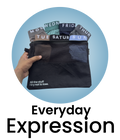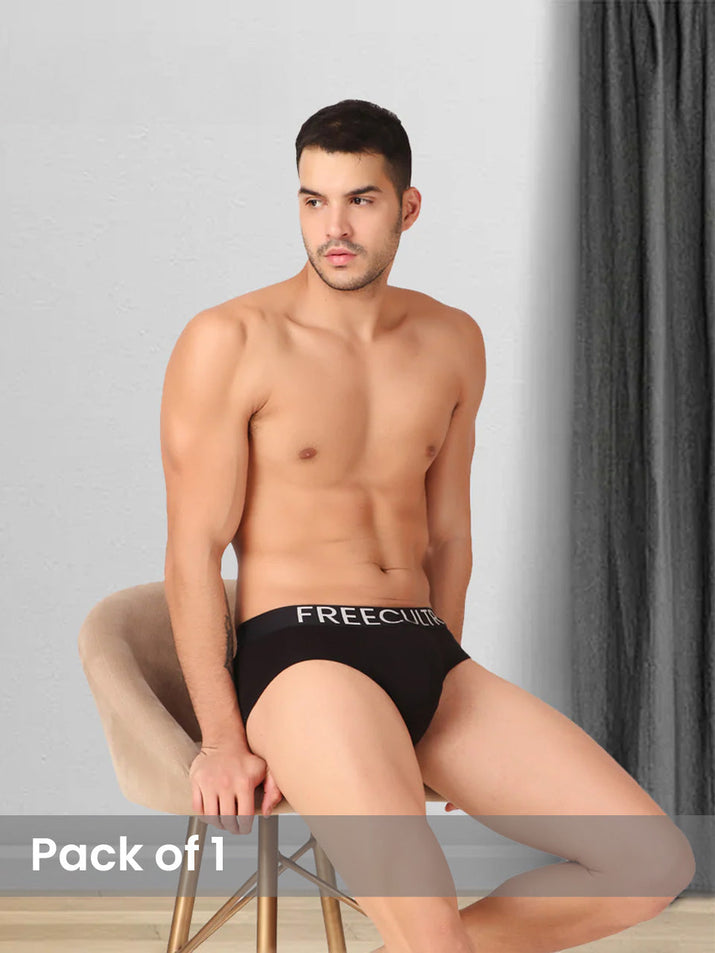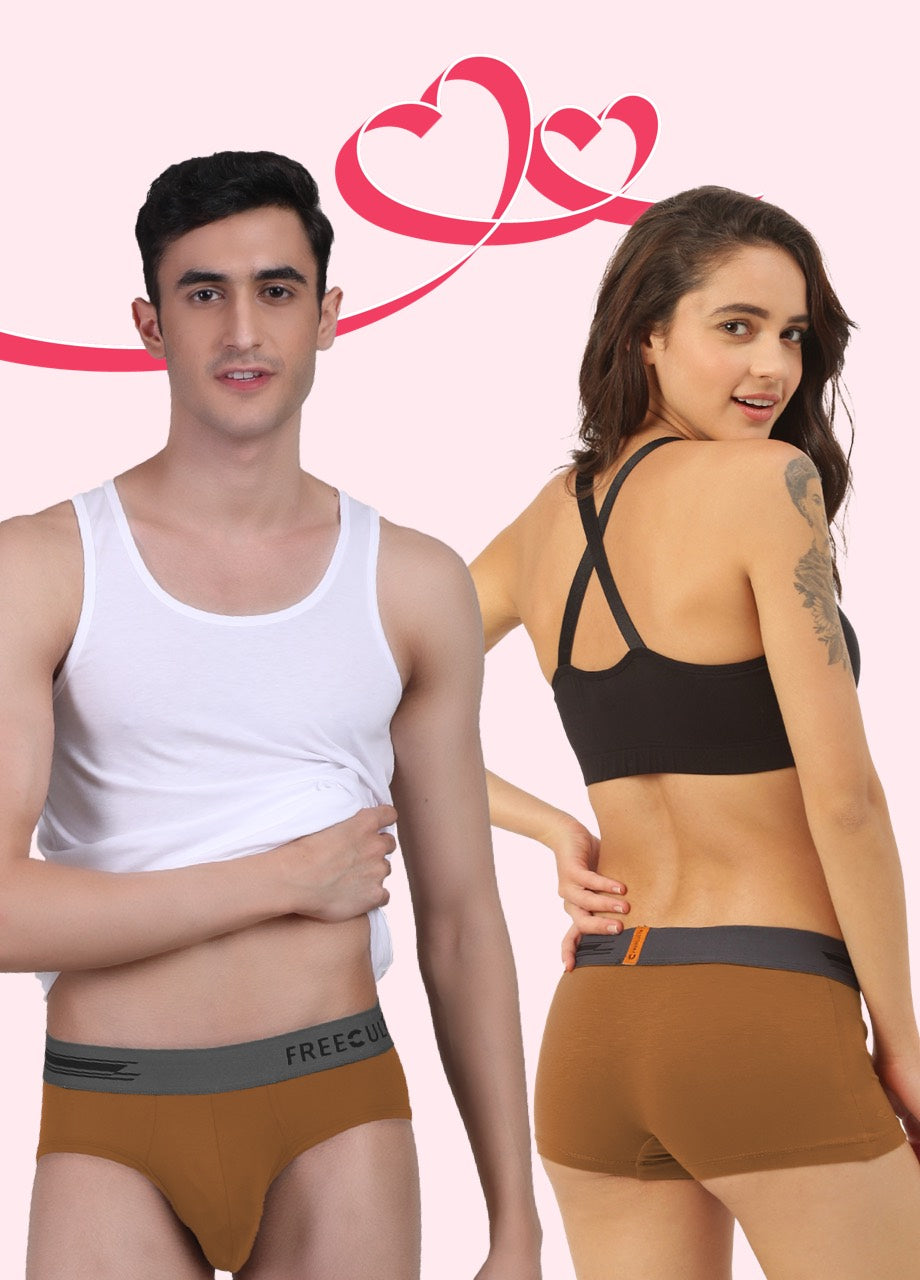Imagine a world where underwear disappears, not literally. In feeling. Forget the chafing, the itching, the constant readjustment. Today's briefs are engineered for more than just coverage. We're diving into the science of breathable cotton, exploring how long-staple fibers like Pima and Supima are revolutionizing comfort, wicking away moisture and minimizing irritation. Tagless construction isn't just a trend; it's a necessity, eliminating a key source of discomfort. But it goes deeper. We’ll uncover the latest advancements in seamless knitting and ergonomic design, innovations that are shaping the future of men's and women's underwear, one barely-there brief at a time. Get ready to experience a new level of next-to-skin comfort.

The Science of Breathable Cotton
Cotton's breathability isn't just a marketing buzzword; it's rooted in the fiber's inherent structure. Cotton fibers are naturally porous, allowing air to circulate freely. This is critical for managing moisture and temperature, especially in garments worn close to the skin. The spaces between the fibers allow water vapor (sweat) to escape, preventing that clammy, uncomfortable feeling. This is a vital aspect of Fashion & Comfort.
- Fiber Structure: Microscopic channels within the cotton fiber wick moisture away from the skin.
- Air Permeability: The weave of the fabric determines how much air can pass through. Looser weaves enhance breathability.
- Moisture Management: Cotton absorbs moisture. Breathable weaves allow it to evaporate quickly.
Different types of cotton offer varying degrees of breathability. For example, Pima and Egyptian cotton, known for their long fibers and luxurious feel, also tend to be more breathable than upland cotton due to their finer weave potential. Organic cotton, grown without harsh chemicals, often retains more of its natural structure, potentially enhancing its breathability. The processing of cotton can also impact its breathability. Heavy dyes and finishes can clog the fibers, reducing airflow.
Real-world Example: Consider athletes who wear cotton athletic shorts versus synthetic materials. While synthetics might wick moisture initially, they often trap heat, leading to discomfort. Breathable cotton allows for better temperature regulation during physical activity.
The Comfort Revolution: Tagless Design
The seemingly insignificant tag in underwear has been a source of irritation for many. The tagless design addresses this issue by eliminating the traditional woven label and replacing it with a printed label directly on the fabric. This seemingly simple change significantly enhances comfort by preventing itching, scratching. Chafing.
- Printing Technology: Modern tagless labels use heat transfer or screen printing techniques with soft, flexible inks.
- Placement Matters: The placement of the printed label is crucial. It should be located in an area that minimizes contact with sensitive skin.
- Ink Composition: The inks used for tagless labels must be durable and non-irritating. Manufacturers often use hypoallergenic inks to cater to sensitive skin.
The advent of tagless design wasn't an overnight success. Early attempts sometimes resulted in labels that faded quickly or felt stiff against the skin. But, advancements in printing technology and ink formulations have led to tagless labels that are both comfortable and durable. This is an essential consideration when thinking of Fashion & Comfort.
Case Study: A major underwear manufacturer conducted a study comparing customer satisfaction with tagged versus tagless briefs. The results showed a significant increase in satisfaction and a decrease in complaints related to skin irritation among those wearing tagless briefs.
Weaving Techniques and Their Impact on Comfort
The way cotton is woven into fabric dramatically affects its comfort and breathability. Different weaving techniques create fabrics with varying textures, densities. Airflow properties. Understanding these techniques helps consumers choose briefs that suit their preferences and needs.
- Jersey Knit: Jersey knit fabrics are soft, stretchy. Breathable, making them a popular choice for underwear.
- Rib Knit: Rib knit fabrics have vertical ribs that provide elasticity and structure. They are often used in the waistband of briefs for a snug fit.
- Woven Fabrics: Woven fabrics, such as poplin or broadcloth, are generally less stretchy than knit fabrics but can be more durable. They are sometimes used in briefs for added support.
The thread count, which refers to the number of threads per square inch, also influences the feel of the fabric. Higher thread counts generally result in softer, smoother fabrics. But, higher thread counts can also reduce breathability, so a balance must be struck between comfort and airflow. Open weave fabrics, like voile, are exceptionally breathable but may lack durability.
Cotton Blends: Enhancing Performance
While 100% cotton offers excellent breathability and comfort, blending cotton with other fibers can enhance its performance characteristics. These blends can improve moisture-wicking, durability. Shape retention.
- Cotton-Polyester Blends: Polyester adds durability and wrinkle resistance to cotton. These blends are often used in athletic wear.
- Cotton-Spandex Blends: Spandex provides stretch and support, making these blends ideal for briefs that require a close fit.
- Cotton-Modal Blends: Modal, a type of rayon, is exceptionally soft and absorbent. Blending cotton with modal creates a fabric that is both comfortable and moisture-wicking.
Choosing the right blend depends on the desired properties. For example, briefs designed for everyday wear might benefit from a cotton-spandex blend for comfort and support, while briefs designed for athletic activities might incorporate a cotton-polyester blend for durability and moisture-wicking.
The Environmental and Ethical Considerations
The production of cotton has significant environmental and ethical implications. Conventional cotton farming often relies on pesticides and herbicides, which can harm the environment and the health of farmworkers. The textile industry is also known for its labor practices.
- Organic Cotton: Organic cotton is grown without synthetic pesticides or fertilizers, reducing its environmental impact.
- Fair Trade Cotton: Fair trade cotton ensures that farmers receive fair prices for their crops and that workers are treated ethically.
- Sustainable Practices: Manufacturers are increasingly adopting sustainable practices, such as using recycled cotton and reducing water consumption.
Consumers can make informed choices by purchasing briefs made from organic or fair trade cotton. Supporting companies that prioritize sustainability and ethical labor practices helps promote a more responsible textile industry. The choice to buy sustainable fashion is a great way to ensure Fashion & Comfort while still being eco-friendly.
Choosing the Right Briefs: A Buyer's Guide
Selecting the right briefs involves considering several factors, including fabric, fit, support. Style. Understanding your individual needs and preferences can help you make an informed decision.
- Fabric: Choose a fabric that is breathable, comfortable. Suitable for your activity level.
- Fit: Ensure the briefs fit snugly but not too tightly. They should provide adequate support without restricting movement.
- Support: Different styles of briefs offer varying levels of support. Choose a style that meets your needs.
- Style: Briefs come in a variety of styles, including classic briefs, low-rise briefs. Trunks. Choose a style that you find comfortable and aesthetically pleasing.
Read customer reviews and compare different brands and models. Consider your personal preferences and prioritize comfort and support. Investing in high-quality briefs can improve your overall well-being and confidence.
Maintaining Your Briefs: Care and Longevity
Proper care is essential for maintaining the comfort and longevity of your briefs. Following the manufacturer's instructions can help prevent shrinkage, fading. Damage to the fabric.
- Washing: Wash briefs in cold water with a mild detergent. Avoid using bleach, which can damage the fibers.
- Drying: Tumble dry on low heat or hang to dry. High heat can cause shrinkage and damage to the fabric.
- Storage: Store briefs in a cool, dry place. Avoid storing them in direct sunlight, which can cause fading.
Rotating your briefs can help extend their lifespan. Consider investing in a few high-quality pairs that you can wear in rotation. With proper care, your breathable cotton and tagless briefs can provide long-lasting comfort and support.
Conclusion
So, are you ready to ditch the itch and embrace all-day comfort? Choosing breathable, tagless cotton briefs is more than just a style choice; it's an investment in your well-being. I remember a recent hiking trip where I wore the wrong underwear – chafing and discomfort nearly ruined the entire experience! Don’t let that be you. Moving forward, pay attention to fabric blends and construction. Look for briefs that prioritize both support and breathability. Many brands, including Freecultr, are innovating with sustainable cotton and ergonomic designs. Take a moment to check the washing instructions too; proper care will extend the life of your favorite pairs. Comfort is a right, not a luxury. Make the switch and experience the difference. You deserve it! Discover the impact of comfort with breathable fabrics [https://www. Cottonworks. Com/](https://www. Cottonworks. Com/).More Articles
Innerwear – Comfortable Fabrics & Everyday EssentialsMen's Trunks – Quick-Drying & Flexible Movement
Women's Boy Shorts – Seamless Design & Gentle Support
Boxers for Women – Relaxed Fit & Breathable Cotton
Tees – Soft Cotton & Durable Comfort
FAQs
So, what exactly is 'breathable cotton' anyway? Is it just a fancy term?
Not really! Breathable cotton usually refers to cotton that's woven in a way that allows air to circulate more freely. Think of it like a looser, more open weave than, say, a tightly packed denim. This helps moisture evaporate, keeping you cooler and drier down there.
Tagless... Okay, I get the comfort part. How does that work? Do they just, like, print the info directly on the fabric?
Yep, pretty much! Instead of sewing in a scratchy tag, the care instructions and size are usually printed directly onto the inside of the briefs using a soft, flexible ink. No more annoying tag digging into your skin!
Are these kinds of briefs good for working out? I sweat... A lot.
Breathable cotton is generally a good choice for moderate activity because it helps with moisture management. But, if you're doing a really intense workout and sweating buckets, you might want to consider briefs made with moisture-wicking synthetic materials, as they tend to dry faster than cotton.
Will they shrink in the wash? I've had some bad experiences with cotton shrinking before...
Cotton can definitely shrink, especially if washed in hot water and dried on high heat. To minimize shrinkage, wash them in cold or warm water and tumble dry on low, or even better, hang them to dry. Check the care label for specific instructions, though!
Okay. Are these briefs... Supportive? You know, down there?
The level of support depends on the specific design of the briefs. Some styles offer more support than others. Look for features like a contoured pouch or reinforced seams if you're seeking extra support.
How long will they last? I'm tired of underwear that falls apart after a few washes.
The lifespan of your briefs depends on the quality of the cotton, how often you wear and wash them. How well you care for them. Generally, higher quality cotton and proper care (following the washing instructions!) will extend their lifespan. Expect at least a year, maybe longer with good care.
So, breathable cotton and tagless... Is there anything else that makes these briefs special?
Beyond the breathability and tag-free comfort, some brands also focus on other details like using organic cotton, incorporating flat seams to reduce chafing, or offering a wider, more comfortable waistband. It really depends on the specific brand and style.






